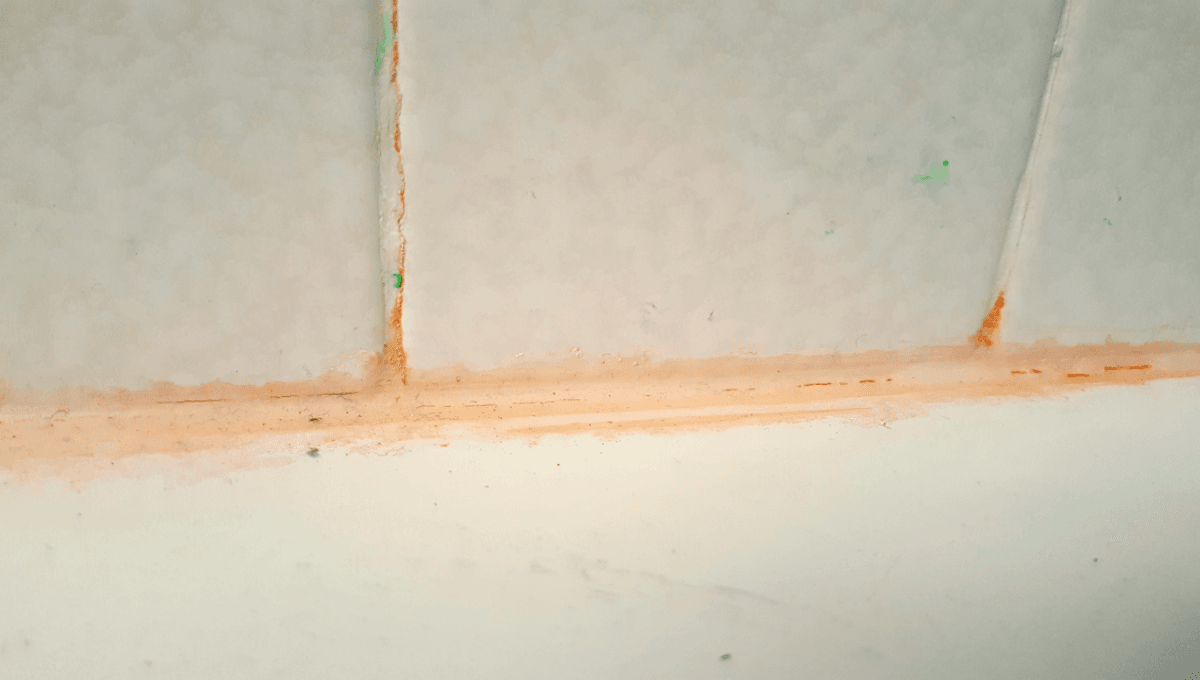
In 1819, the city of Padua, Italy, bore witness to a cursed phenomenon: polenta ran blood-red. It wasn’t the work of prophets turning water to wine, however, but an outbreak of bacteria Venetian pharmacist Bartolomeo Bizio named Serratia marcescens.
ADVERTISEMENT
Why am I telling you this? Because if you’ve got pink goo in your bathroom, you have been visited by the same bloody pathogen.
What is Serratia marcescens?
Serratia is a genus of gram-negative bacteria that sits within the Enterobacteriaceae family. The species Serratia marcescens is fond of moist environments, which is why it’s a common culprit in bathrooms, kitchens, along the seams of shower curtains, and around plugholes.
In an almost ironic twist of events, it can be especially fond of the little cubby holes where you store soap because it feeds on fatty deposits, which are the building blocks of soaps and shampoos. There have also been hospital outbreaks associated with contaminated soap dispensers.
Is Serratia marcescens dangerous?
As TikTok physician Dr Karan Raj explained in a recent video, for people with fully functioning immune systems, encountering S. marcescens is typically harmless. However, it does have the potential to cause nasty infections, particularly respiratory and urinary infections. It’s not considered a common cause of primary disease, but can result in significant symptoms when it’s able to infect someone who is already compromised due to illness.
Part of its capacity to spread comes down to the fact that it can form a biofilm (something we’ve harnessed to make “living materials”), making it easier to stick to surfaces and spread. This can include medical devices and catheters, and once they’ve infected a host the biofilm can form a barrier against their immune response. Infections can be difficult to treat, so it’s a bacteria you really want to avoid. Fortunately, its bright coloration makes it easy to spot.
How to get rid of Serratia marcescens
If you’ve spotted the dreaded pink slime colonizing your bathroom, it’s time to get the marigolds out and mix a solution of equal parts white vinegar and water in a spray bottle. You can drench the bacteria in the vinegar-water mix and leave to stand for 10 minutes, then scrub and rinse away.
This should be sufficient to get rid of the pink slime that has already attached itself to your bathroom, but the next step is prevention. Serratia marcescens likes moist environments, so crack open a window after you’ve showered or get the extractor fan on to keep humidity to a minimum. You can also make the soapy bits of your bathroom less inviting for Serratia marcescens by ensuring any soap residue gets swiftly wiped away.
High levels of humidity can invite a veritable rainbow of pathogens into your home, so good ventilation can help you to keep a host of unwanted nasties out. Here’s what the different colors say about the health risks.
Source Link: Got Disgusting Pink Slime In Your Bathroom? Here’s Why You Really Shouldn’t Ignore It